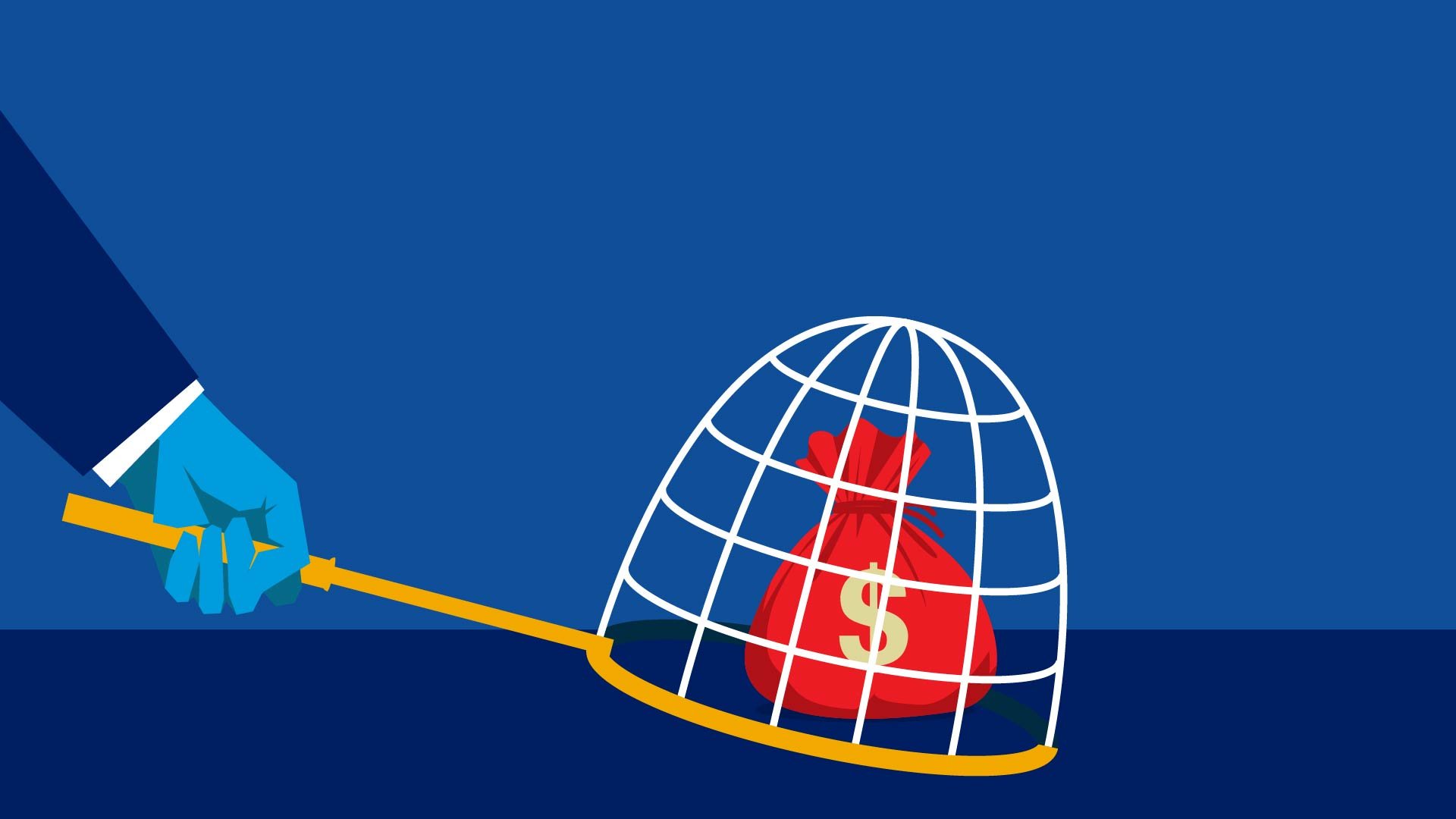By J.R. Mailey
Sudan’s current conflict, which erupted in April 2023, is the latest chapter in a story of rival predatory networks competing for control over formal and illicit economies, the information environment and the use of organized violence.
As the Sudan Armed Forces (SAF) and Rapid Support Forces (RSF) spread death and destruction across the country, fuelling a humanitarian crisis, their battle is driven by the desire to preserve their vast economic empires and the systems that support them.
This report explores the intricate web of illicit networks, armed conflicts, and the devastating impact on Sudan’s socio-political landscape. It explores how predatory networks commoditize violence, exploit strategic industries, and manipulate state institutions for their gain. From the militarization of the economy to the instrumentalization of criminal markets, this investigation sheds light on the arc of state collapse and the urgent need for comprehensive peacebuilding strategies.
The paper is the first in a series focusing on Sudan, aiming to present an overview about the competition for control of Sudan’s security services, civilian bureaucracy and strategic industries. The following reports will explore the people, institutions, networks and transactions that have underpinned the enduring ecosystem of crime and corruption in Sudan that ultimately gave way to the current civil war.
Geneva, SWIT: Global Initiative Against Transnational Organized Crime, 2024. 28p.





















